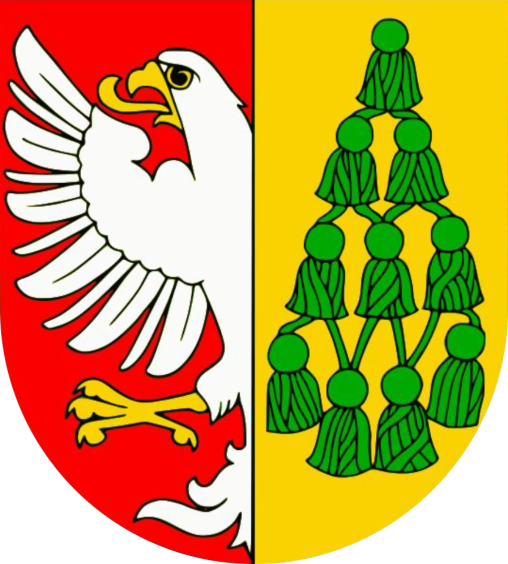J. E. Dobiáš - his life and the steam dairy in Vestec
"Only the life we live for others is worth living". Einstein
I deliberately start with this motto because I believe that these words clearly describe what Mr. J.E.Dobiáš meant to the village of Vestec.
It first saw the light of day on 24.2.1863 in Bukovka (Pardubice district). The Prussian-Austrian war in 1866 caused him to leave home. He attended the municipal school in Telecí near Polička and in Jimramov.
He continued his studies at the grammar school in Silesia, Prussia. This was followed by economic schools in Prenzlau and Halle.
During his military years he guarded the so-called pioneers in Prague - members of technical troops. I will also briefly mention that he was a clerk, adjutant, marcher, but also a superintendent on a large estate. He lived in Vestec since 1897 and owned the previously mentioned steam dairy on farms 2 and 11 and in house 4, which was the only one in the region until 1914. He held the office of village mayor for four years and sat on the village council for a full 24 years. For four years he managed the Sokol Union in Vestec and for ten years in Jesenice. He led the Vestec firefighters and was also the mayor of the firefighters' county in Jílové.
He introduced various economic methods (e.g. rope ploughing) and performed many functions and activities that went beyond the village. He died on March 28, 1932, and his funeral was held with a large attendance of residents, fire departments throughout the county, and other corporations. These last details were recorded by Mr. Fr. Vojtěchovský, who took over the imaginary chronicling baton from Mr. Dobiáš.
Mr. Dobiáš has significantly contributed to the development of industrial production since 1899. At that time a steam dairy was built in Vestec (No. 4). The existence of this dairy, which belonged to Mr. Dobiáš, is also mentioned in the History of the Agricultural Industry in the Czech Republic. The machines were powered by steam, which produced a stationary steam engine, which turned the transmission, which set in motion the working machines (centrifuges, shepherds, butter churns, etc.). Steam was also used to pasteurise milk, to disinfect packaging - jugs and production vessels. Cream was skimmed off and butter was produced. The dairy was closed in 1914.
Blanka Pašková, chronicler
